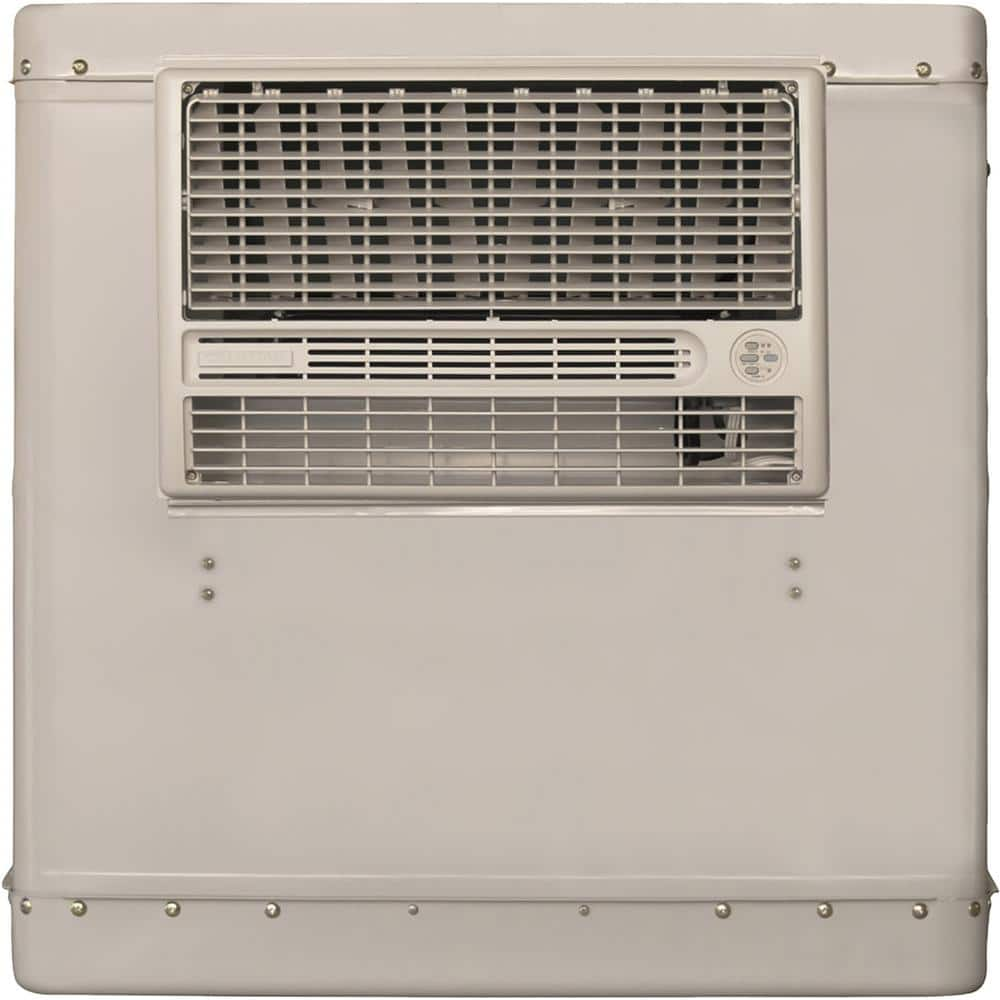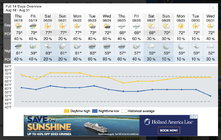So we moved to northern California a little over a year ago. We live at about 2000 ft elevation.
It was 107 degrees in the shop today! I have a portable swamp cooler that I blast at my lathe area from a few feet away.
Any wood I have processed cracks quickly and I have triple-sealed most of my logs. Rough turned Claro walnut that is double sealed seems to survive. But not oak, or anything else.
It is literally like a kiln in there. That added to very low humidity (12% today); I don't even think it's possible to have blanks that don't crack!
So I've been dreaming of cooler climates and higher humidity; Not just for my wood, but for us.
What do you folks do that live in such climates to keep from melting?
I have gotten a few estimates for insulating the shop, but the cost is astronomical with inflation the way it is; and in the summer, it will still be hot in there, even with insulation.
I suppose I could put an air conditioner in there, but the electric rates here are 3 times the national average.
-M E L T I N G AWAY
It was 107 degrees in the shop today! I have a portable swamp cooler that I blast at my lathe area from a few feet away.
Any wood I have processed cracks quickly and I have triple-sealed most of my logs. Rough turned Claro walnut that is double sealed seems to survive. But not oak, or anything else.
It is literally like a kiln in there. That added to very low humidity (12% today); I don't even think it's possible to have blanks that don't crack!
So I've been dreaming of cooler climates and higher humidity; Not just for my wood, but for us.
What do you folks do that live in such climates to keep from melting?
I have gotten a few estimates for insulating the shop, but the cost is astronomical with inflation the way it is; and in the summer, it will still be hot in there, even with insulation.
I suppose I could put an air conditioner in there, but the electric rates here are 3 times the national average.
-M E L T I N G AWAY


